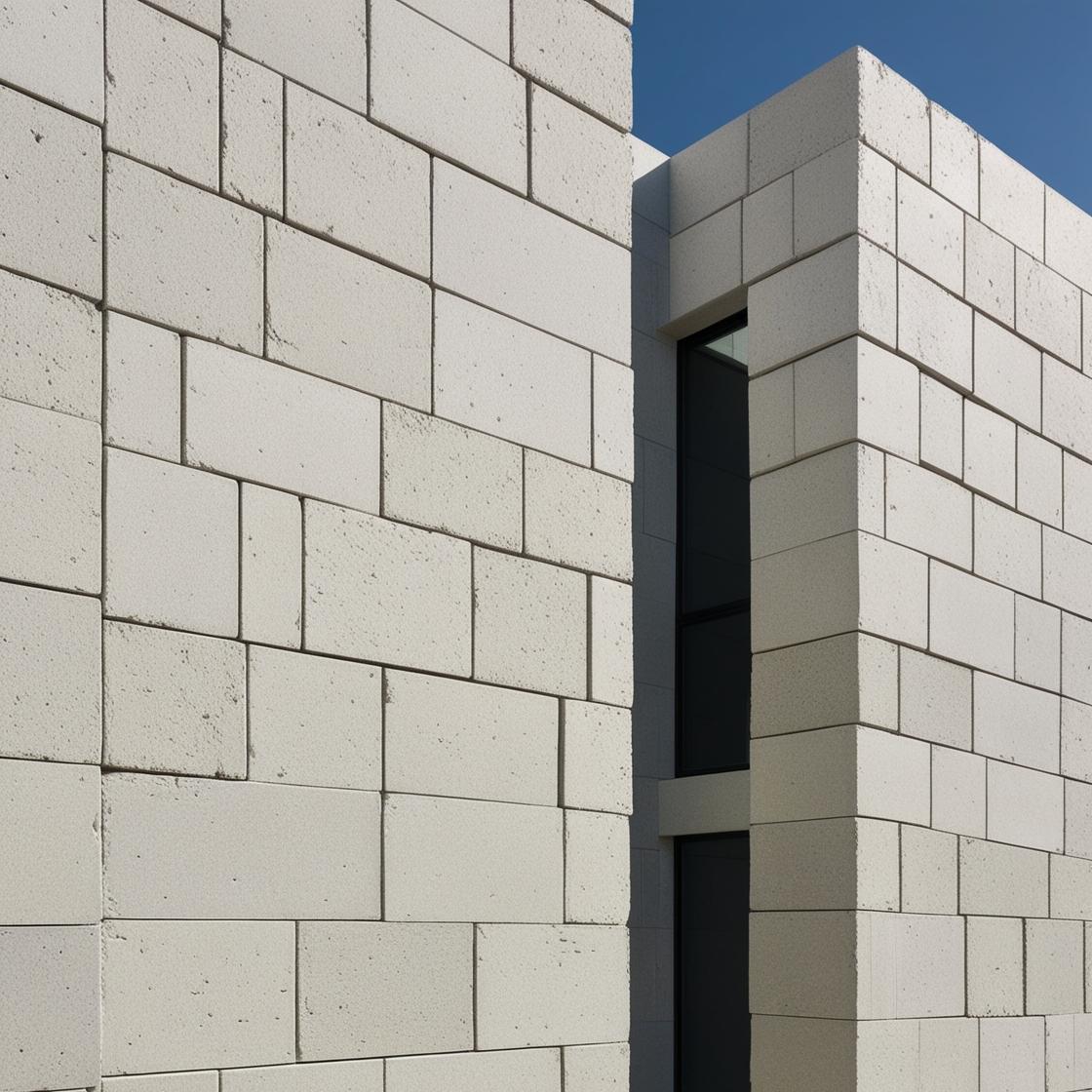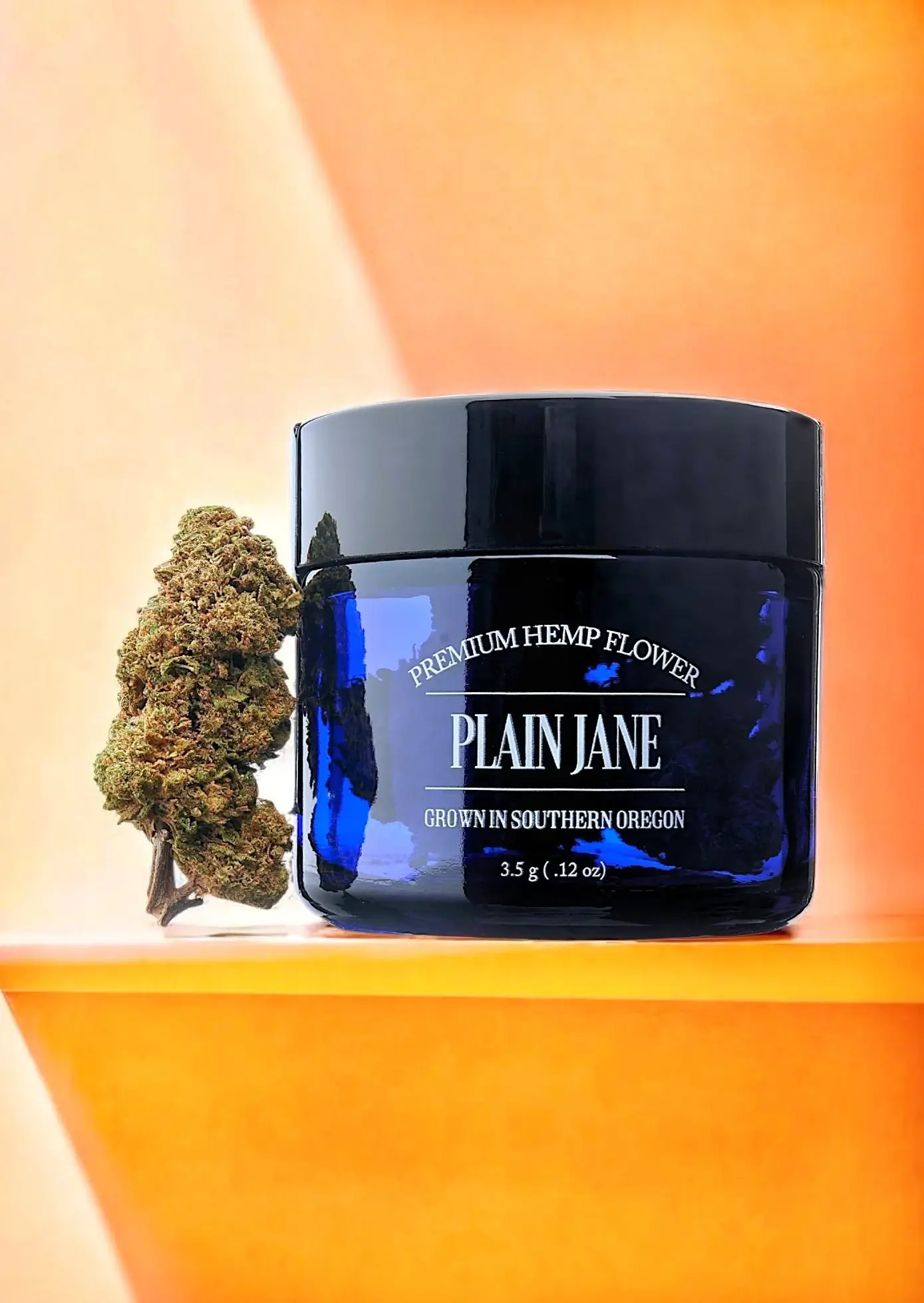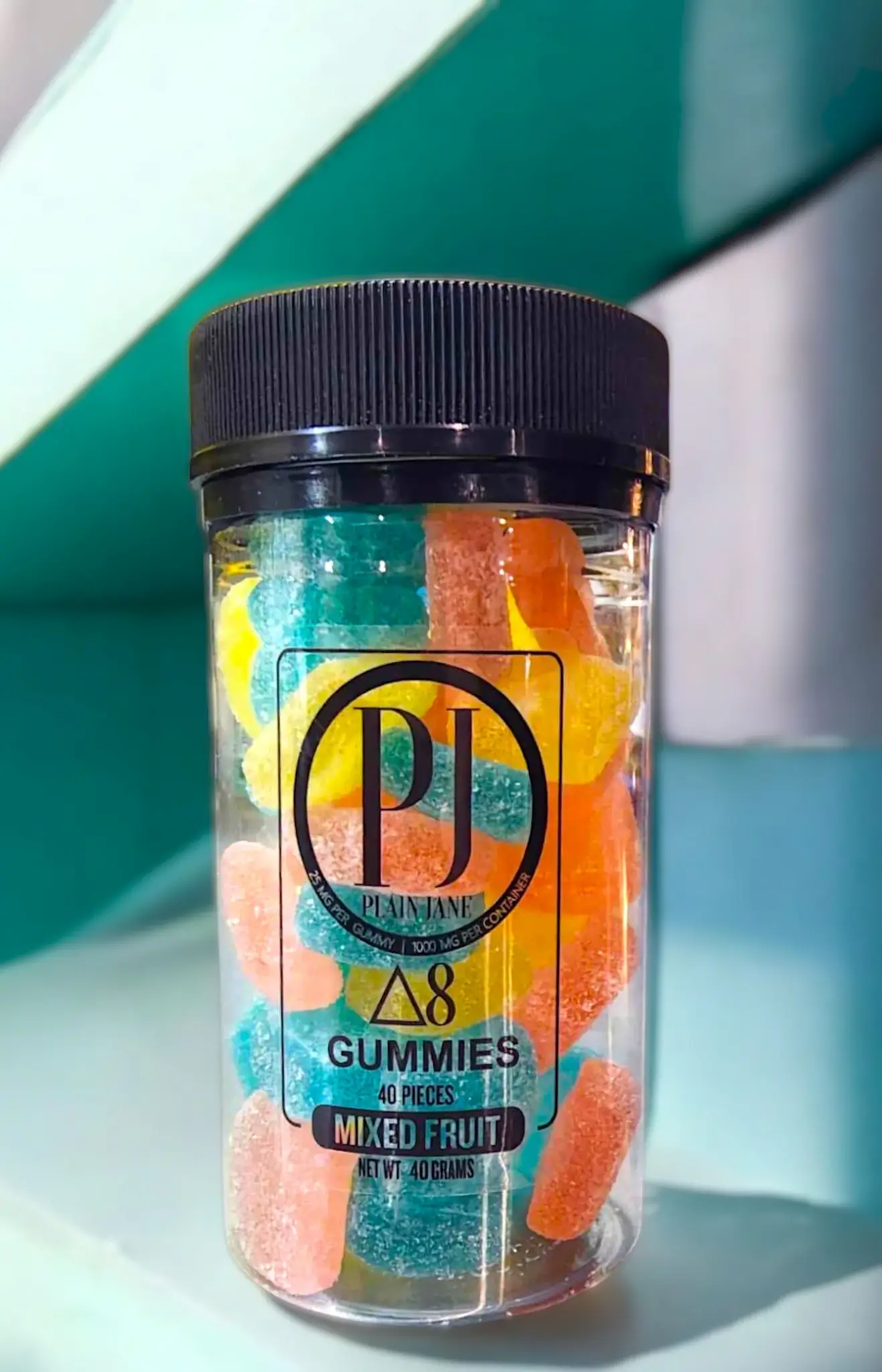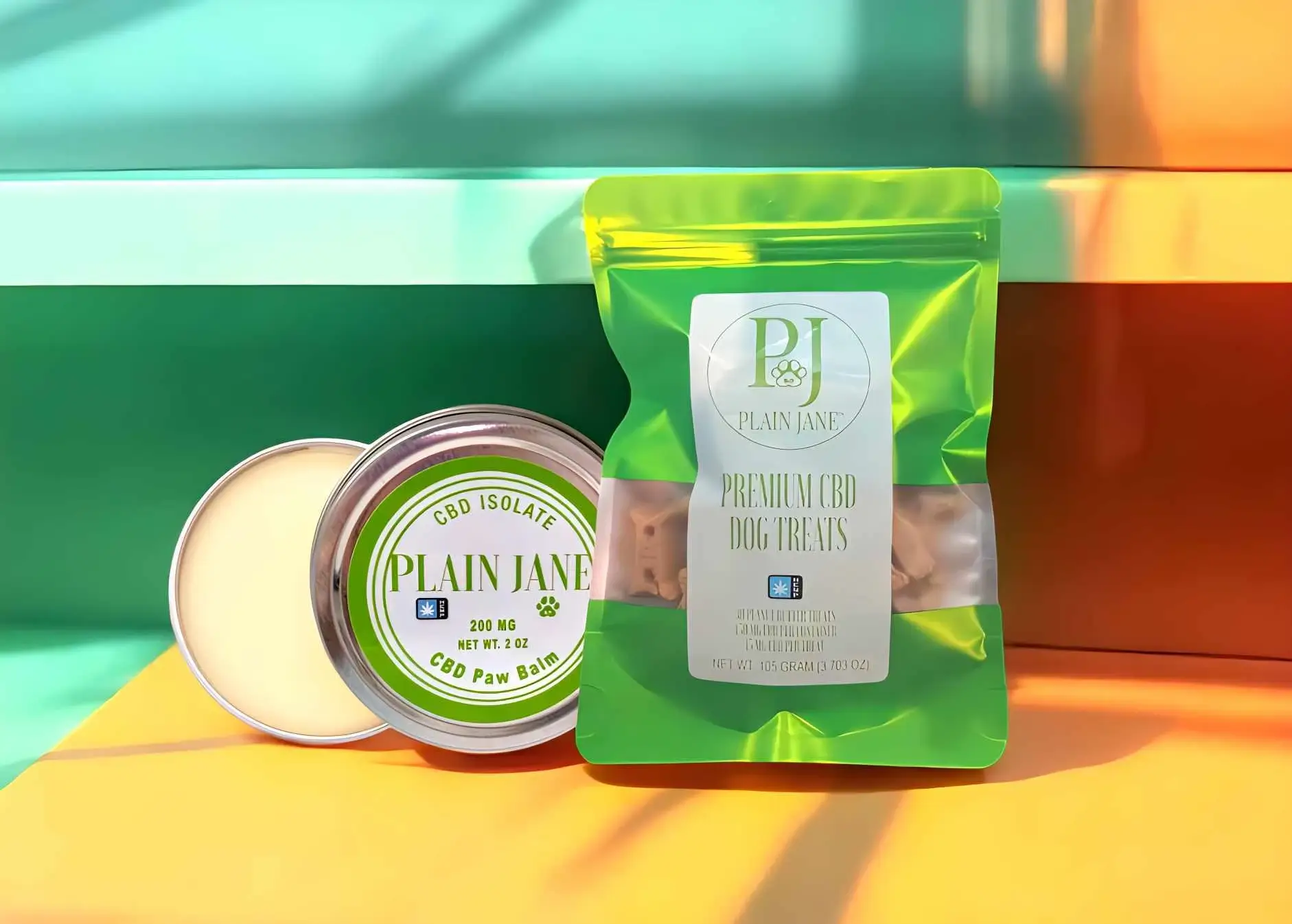Since the legalization of hemp in 2018, hemp has gone mainstream as heck! This column explores all those ways with each piece focused on a hemp product. This one is dedicated to hempcrete.
United Press International says that hempcrete has been gaining popularity as a; “rapidly renewable plant-based material that can change our manufacturing processes and move us away from oil.”
What is Hempcrete
American Lime Technology defines hempcrete as: a bio-composite made of the inner woody core of the hemp plant mixed with a lime-based binder. For those wondering about the plants as concrete instead of the actual concrete and saying: “NO WAY!”- let’s dig a little deeper.
How is Hempcrete Made
Mother Earth News says: “'Hempcrete is the popular term for a hemp–lime composite building material.” They go on to describe the hempcrete making process as:
“It is created by wet-mixing the chopped woody stem of the hemp plant (hemp shiv) with a lime-based binder to create a material that can be cast into moulds. This forms a non-load-bearing, sustainable, ‘breathable’ (vapour permeable) and insulating material that can be used to form walls, floor slabs, ceilings and roof insulation, in both new build and restoration projects.”
Notice that structure wasn’t mentioned above. That’s because hempcrete isn’t made to be used as structure material. 
The Benefits of Hempcrete
According to the UNEP (United Nations Environment Programme), the building sector hit an all time high with regards to emissions in 2019. They report that the building sector contributed 30% of global annual greenhouse gas emissions and consumed about 40% of all energy.
In a piece by Anna Ervin published in Herbage Magazine, some of the benefits of hempcrete are said to be: “mold and fungus resistant, fireproof, earthquake resistant, and 100% biodegradable.”
Additional hempcrete benefits are:
- It’s natural and chemical free
- It’s vapour permeable (humidity can escape which means less mold)
- It helps maintain a consistent internal temperature
Final Thoughts
We are used to cannabis/hemp being portrayed as problems: “reefer madness” and “the devils lettuce”, when in reality, cannabis/hemp are solutions to so many worldly problems. Here’s what some of the hempcrete research out there says:
- In a hempcrete study, it was found that hempcrete can isolate 307 kilograms of CO2 per cubic meter- the equivalent of the annual carbon emissions of three refrigerators.
- In another hempcrete study, they found that hempcrete meets the current standards of most building applications and in many cases outperforms materials currently used, particularly for insulation.
- Hemprete was tested and studied by Kris J. Dick, Ph.D, P.Eng, a registered professional engineer, found that hempcrete provided a stable temperature inside the wall and that temperatures were consistent throughout the wall.
The benefits of hempcrete lay in the glory of the benefits of hemp. Jessie Smith, Executive Assistant to the Chancellor of Oaksterdam University says: “Hemp is a bioremediation plant. It has the ability to reverse climate change and a lot of the problems we’ve created.”










0 comments